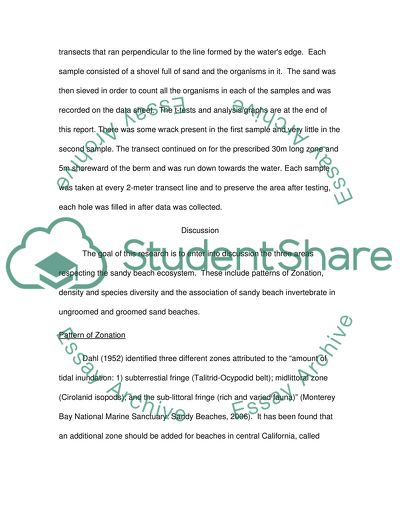Cite this document
(“Associated Effects of Beach Grooming on Intertidal Organisms Essay”, n.d.)
Retrieved from https://studentshare.org/miscellaneous/1509517-associated-effects-of-beach-grooming-on-intertidal-organisms
Retrieved from https://studentshare.org/miscellaneous/1509517-associated-effects-of-beach-grooming-on-intertidal-organisms
(Associated Effects of Beach Grooming on Intertidal Organisms Essay)
https://studentshare.org/miscellaneous/1509517-associated-effects-of-beach-grooming-on-intertidal-organisms.
https://studentshare.org/miscellaneous/1509517-associated-effects-of-beach-grooming-on-intertidal-organisms.
“Associated Effects of Beach Grooming on Intertidal Organisms Essay”, n.d. https://studentshare.org/miscellaneous/1509517-associated-effects-of-beach-grooming-on-intertidal-organisms.


